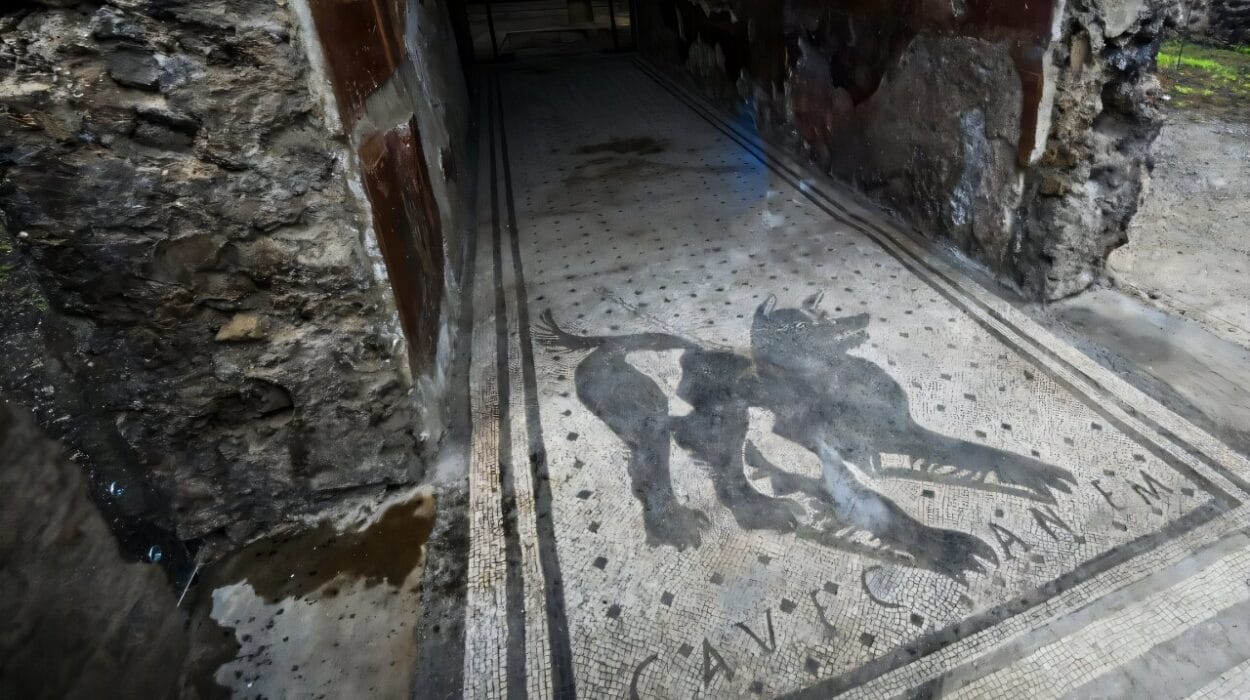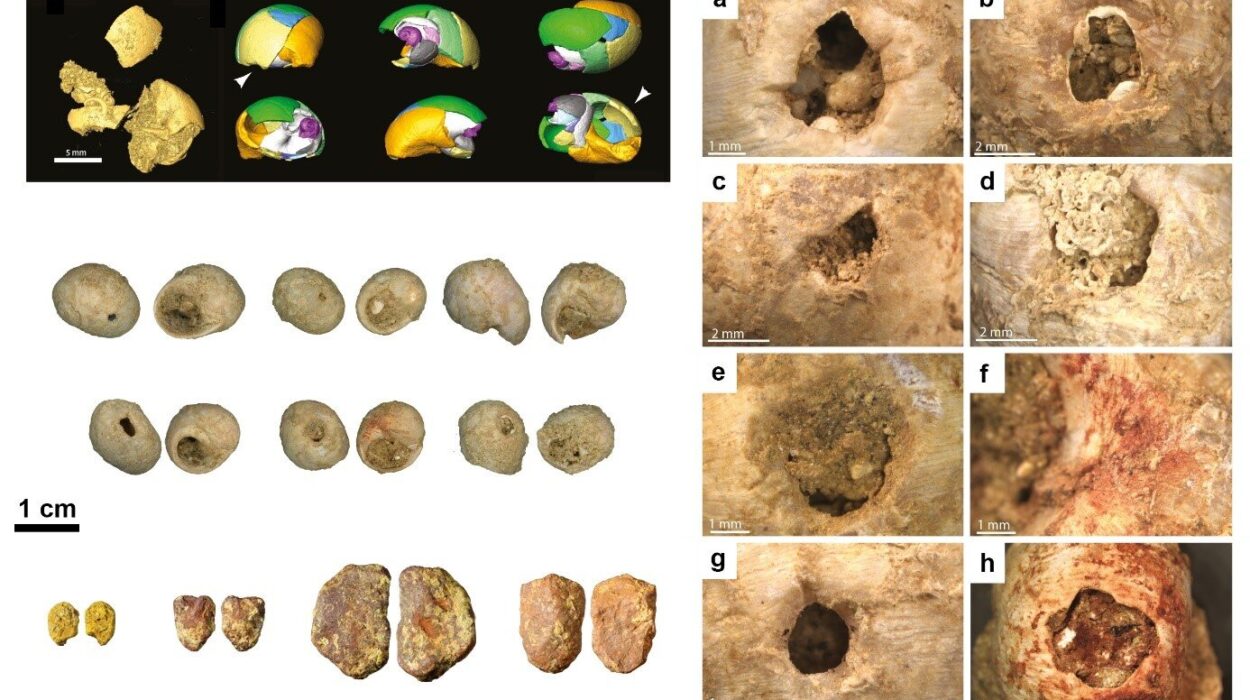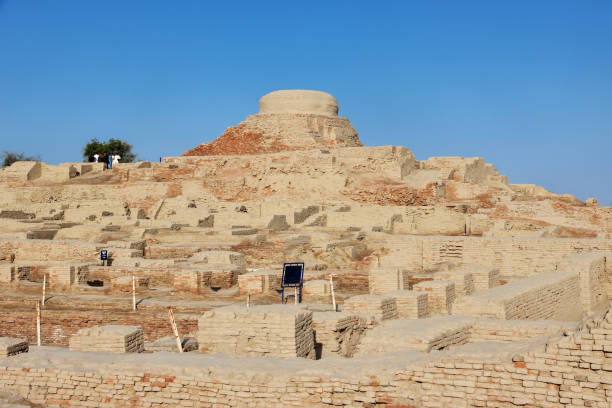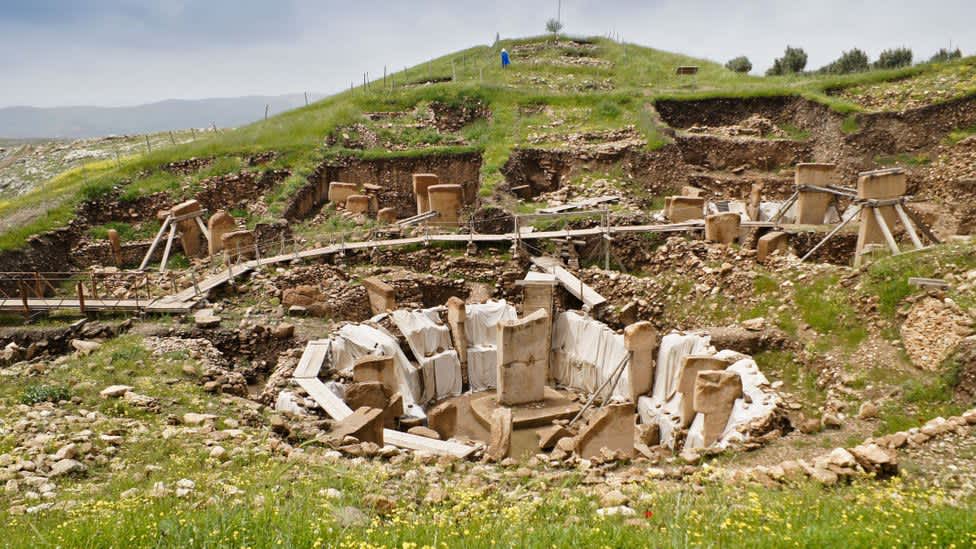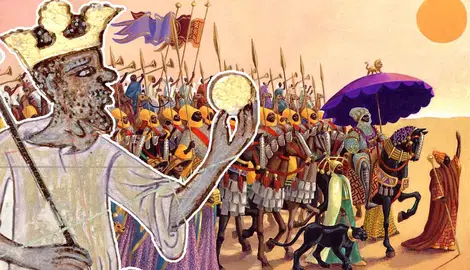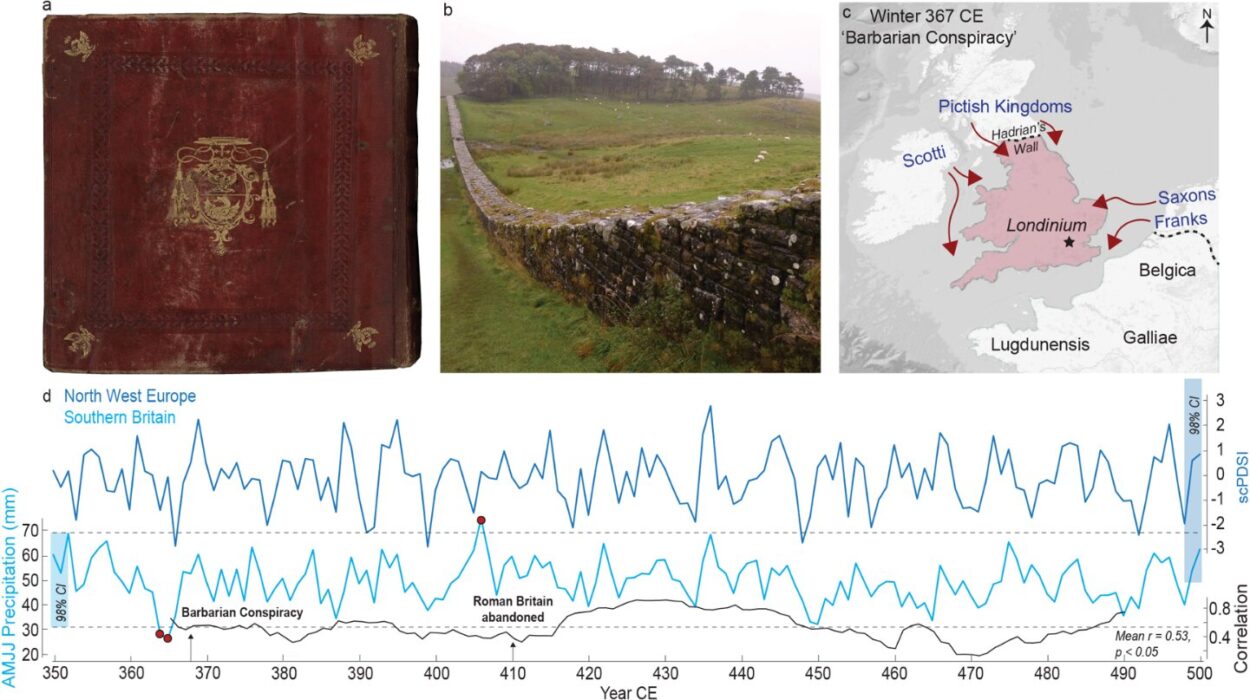Every day, laughter echoes across Trelai Park in Cardiff. Children kick footballs across green grass, dogs sprint after frisbees, and joggers loop around the edges of this wide, sunlit field. But just a meter below the surface, another story has been quietly waiting—one of fire, family, and ancient memory.
Now, that story is being told.
Three cremation burials from the Bronze Age have just been uncovered beneath this bustling community park, offering a rare and haunting glimpse into how people lived—and died—over 3,000 years ago. The discovery marks the latest chapter in the ongoing excavation efforts by the CAER Heritage Project, a unique partnership that blends university research with deep community involvement.
A Roundhouse, a Mystery, and the Echo of Flames
This latest find adds new depth to a site already steeped in prehistoric intrigue. In previous phases of the dig, volunteers and archaeologists uncovered a remarkably preserved Bronze Age roundhouse—a circular, timber-framed dwelling estimated to be around 3,500 years old. Beneath that structure, they later discovered the remains of an even earlier roundhouse, suggesting that generations of families had called this same patch of land home.
Now, right beside the newer roundhouse, researchers have found the foundations of a smaller structure—perhaps a kitchen, workshop, or separate family home. But it’s the nearby pits containing cremated human remains that have gripped the team’s attention.
“The discovery of these cremations is hugely exciting,” said Dr. Oliver Davis, co-director of the CAER Project and Head of Archaeology and Conservation at Cardiff University. “The fact that they were buried so close to the roundhouse suggests they may have been placed there intentionally, as a way to honor and remember cherished family members.”
Dr. Davis also raised another tantalizing possibility: that the site may have held ceremonial or spiritual significance. It’s not hard to imagine—embers glowing in the dark, flames dancing in ritual, and the living honoring their dead where they themselves made their homes.
A Park of Layers, a Landscape of Time
Trelai Park, just half a mile from the ancient Caerau Hillfort, might look ordinary to the untrained eye. But archaeologists now believe it’s extraordinary beneath the surface.
Evidence uncovered so far paints a rich picture: a roundhouse from 1500 BC, another structure beneath it possibly 300 years older, and now traces of an even earlier timber circle—a ceremonial construction dating as far back as 2000 BC. Layer upon layer of human activity suggests this land was in use for centuries, evolving in purpose, but never forgotten.
And these aren’t just isolated Bronze Age findings. The site sits just 200 meters from the remains of a Roman villa, linking the area to a much later chapter of Cardiff’s history. The message is clear: Trelai Park isn’t just a green space—it’s a timeline made of soil and stone, walked by thousands of years of footsteps.
A Dig Built on Community
What makes the CAER Heritage Project so unique is its foundation in community-led archaeology. It’s not just experts with trowels—it’s local residents, schoolchildren, retired neighbors, and students all working together, hand in hand, to uncover their shared past.
For Alice Clarke, a 36-year-old from Caerau, the dig is more than science. It’s empowerment. “I’ve been volunteering for five years now,” she said. “I love cleaning the finds, working at the CAER Heritage Center, and meeting new people. It’s given me confidence—it’s nice to get out and meet friends.”
Hannah Secker, 19, joined the dig fresh from finishing her A-Levels. With dreams of studying archaeology at university, she found more than dirt and stones—she found inspiration. “It’s unbelievable finding artifacts that could be 3,000 years old and thinking about the people who walked here before us.”
Even seasoned volunteers like Linda Burnell, a retired business owner, feel deeply connected. “Each summer I can’t wait to come back. I’ve learned so much. It connects me—not just to the past, but to this place and the people around me.”
A University and a Neighborhood, Digging Together
The CAER Project is a collaboration between Cardiff University, the ACE community organization, local schools, and heritage institutions. It brings the ivory tower of academia down into the neighborhood, where students and professors dig side by side with residents.
Dan Queally, a Cardiff University archaeology student who based his dissertation on the project, says the experience reshaped his view of history—and of people. “It’s not just about the archaeology I’ve learned about,” he said. “It’s about seeing the difference a project like this makes in the community. I’ve loved the chats over cups of tea, the friendships, and seeing how people light up when they uncover a piece of history with their own hands.”
A Place of Play, and Now, of Wonder
It’s hard to imagine a more everyday setting for such a discovery. Trelai Park is used daily by local sports teams, dog walkers, and school kids. Just meters from the dig site is Cardiff West Community High School, whose students are also involved in the project.
“For our pupils, this brings history to life,” said Mike Tate, the school’s headteacher. “They literally get their hands on the past. It’s been a game-changer for engagement in school.”
Dr. David Wyatt, co-director of CAER, believes the area’s potential is just beginning to be understood. “When you piece these finds together—the Bronze Age roundhouses, the cremations, the Roman villa, and even the modern sporting history—you start to see Trelai as one of the most important heritage parks in South Wales.”
The Past Is Local
For Sam Froud-Powell, Operational Development Manager at ACE, the discovery represents something much more than archaeology. It’s a bridge—between university and neighborhood, past and present, people and purpose.
“This is a hugely exciting moment for our CAER partnership with Cardiff University,” he said. “The dig enables people of all ages to connect, develop new skills, and uncover and share knowledge about our extraordinary local heritage.”
What began as a field of footballs has become a place of fire pits and forgotten ancestors. With every shovel of earth, another story rises to the surface—one not only of bones and buildings, but of human resilience, community, and memory.
Trelai Park may seem like just another green space in Cardiff. But now we know: it’s a place where the past and present meet—where voices whisper through soil, and ancient lives breathe again.

